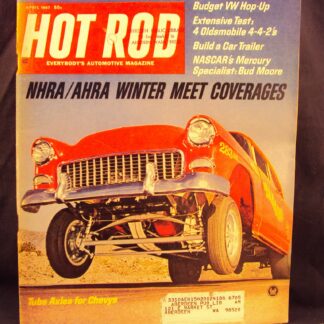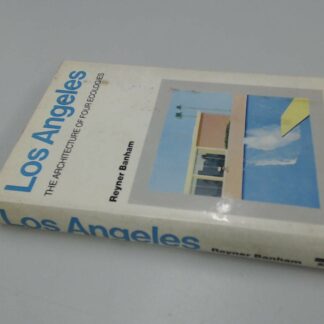Description
Synopsis: Banham aims to “present the architecture…within a topographical and historical context of the total artifact that constitutes Great Los Angeles, because it is this double context that binds the polymorphous architectures into a comprehensive unity that cannot often be discerned by comparing monument with monument out of context” (23). Book is broken down into “four ecologies:” Ecology I: Surfurbia (beaches as biggest thing to envy; focus on indoor/outdoor living; spanish colonial revival; freeways); Ecology II: Foothills (fancy suburbs; mobility-focused architecture; landscape of “do your own thing;” city obsessed with transportation); Ecology III: The Plains of Id (flatlands as “heartland;” Schindler, Neutra, and the International Style ; plain cubes; people should accept the non-existent downtown for what it is: dead); Ecology IV: Autopia (freeway as central feature; L.A. as embodiment of bourgeois good life of urban homestead; people unfairly castigate L.A. when they should examine all the fabulous architecture there and think about why L.A. has inspired so much of that). Argues that “the language of design, architecture and urbanism is Los Angeles is the language of movement” (23). Southern California is an ecological wonder and the land of “perpetual spring.” People are too hard on L.A., and should not fault it for being different; it really embodies many ingrained American values – especially the desire for freedom of movement.






Reviews
There are no reviews yet.